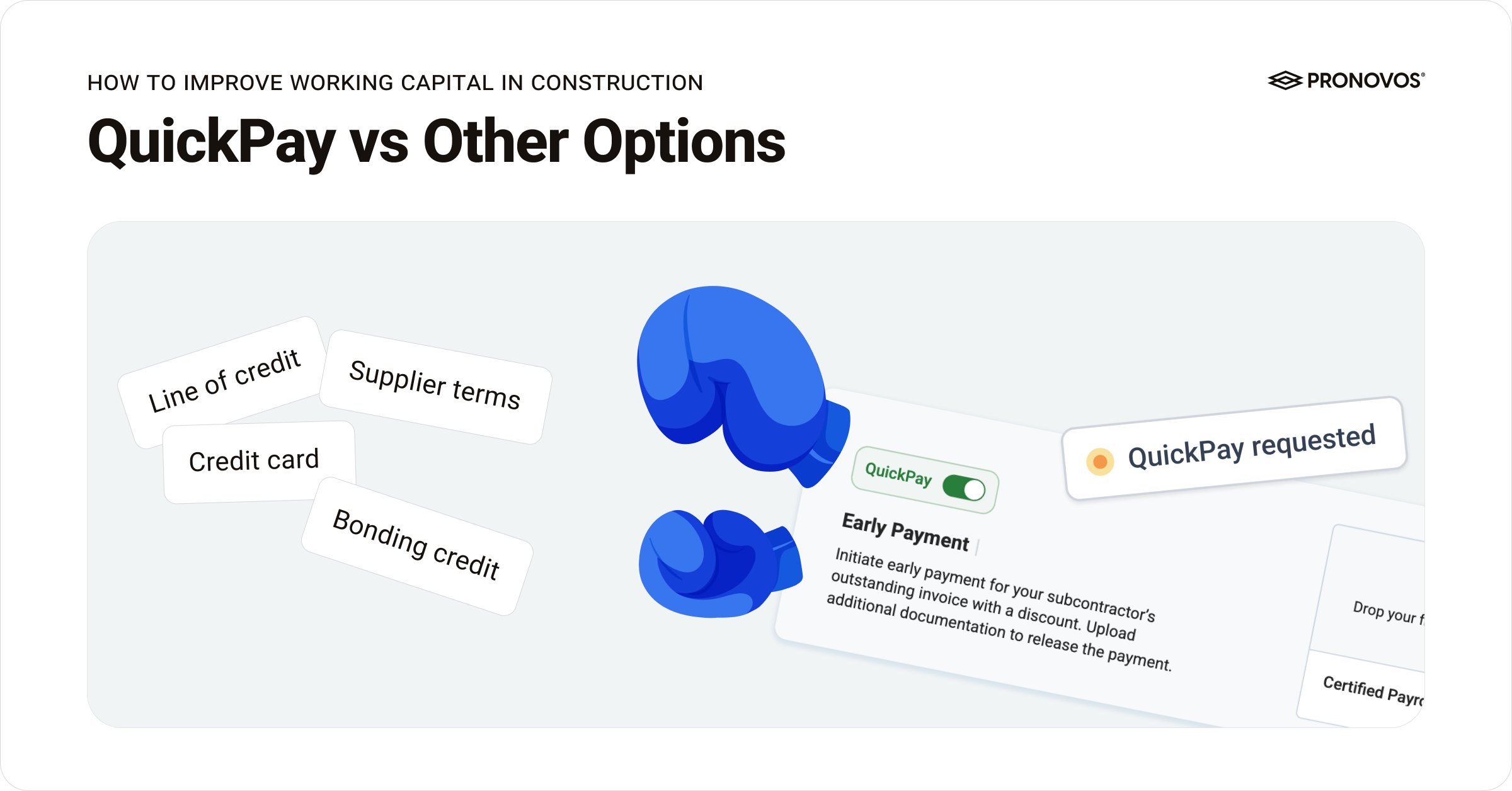Most contractors don’t think of accounts payable (AP) as a competitive advantage. It’s often lumped into back-office tasks instead of being recognized as a driver of cash flow and a key factor in vendor relationships. Invoices come in, approvals get routed, and checks go out. However, when AP is treated solely as a clerical function, companies miss the opportunity to strengthen relationships, mitigate risk, and enhance financial performance.
Why Accounts Payable Matters in Construction
Accounts payable is more than paperwork. For contractors, it directly impacts:
- Cash flow management: Payment terms affect your ability to fund projects and pursue new work.
- Vendor trust: Paying strategically, on time, and aligned with project realities keeps subcontractors engaged and schedules moving.
- Risk reduction: Collecting lien waivers and verifying compliance shields your company from costly disputes.
In other words, how you manage AP shapes both your financial health and your reputation in the market.




